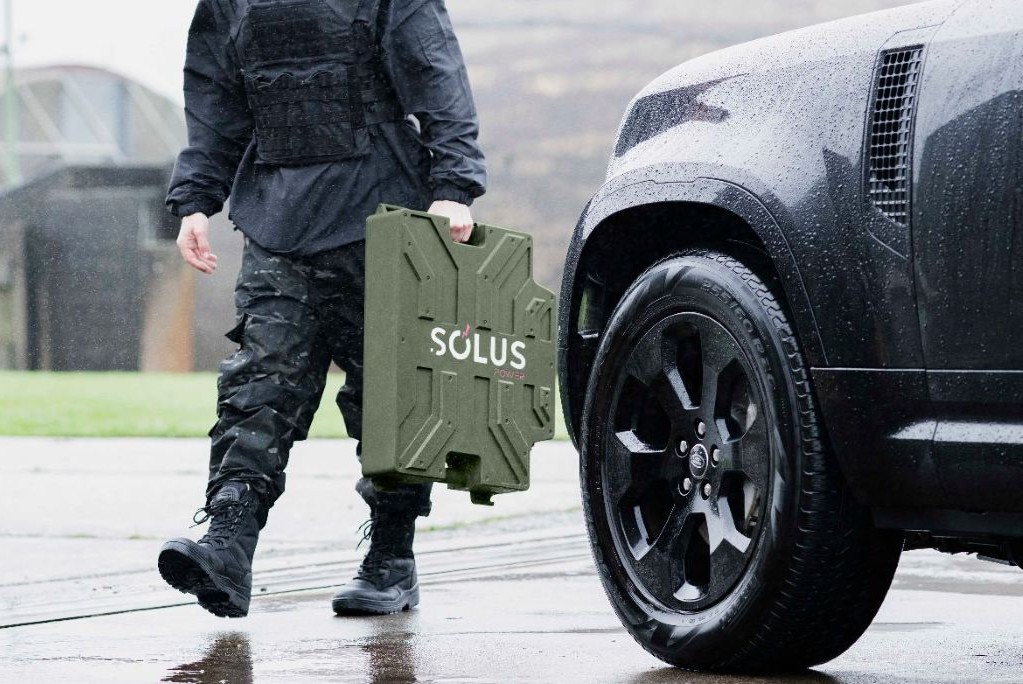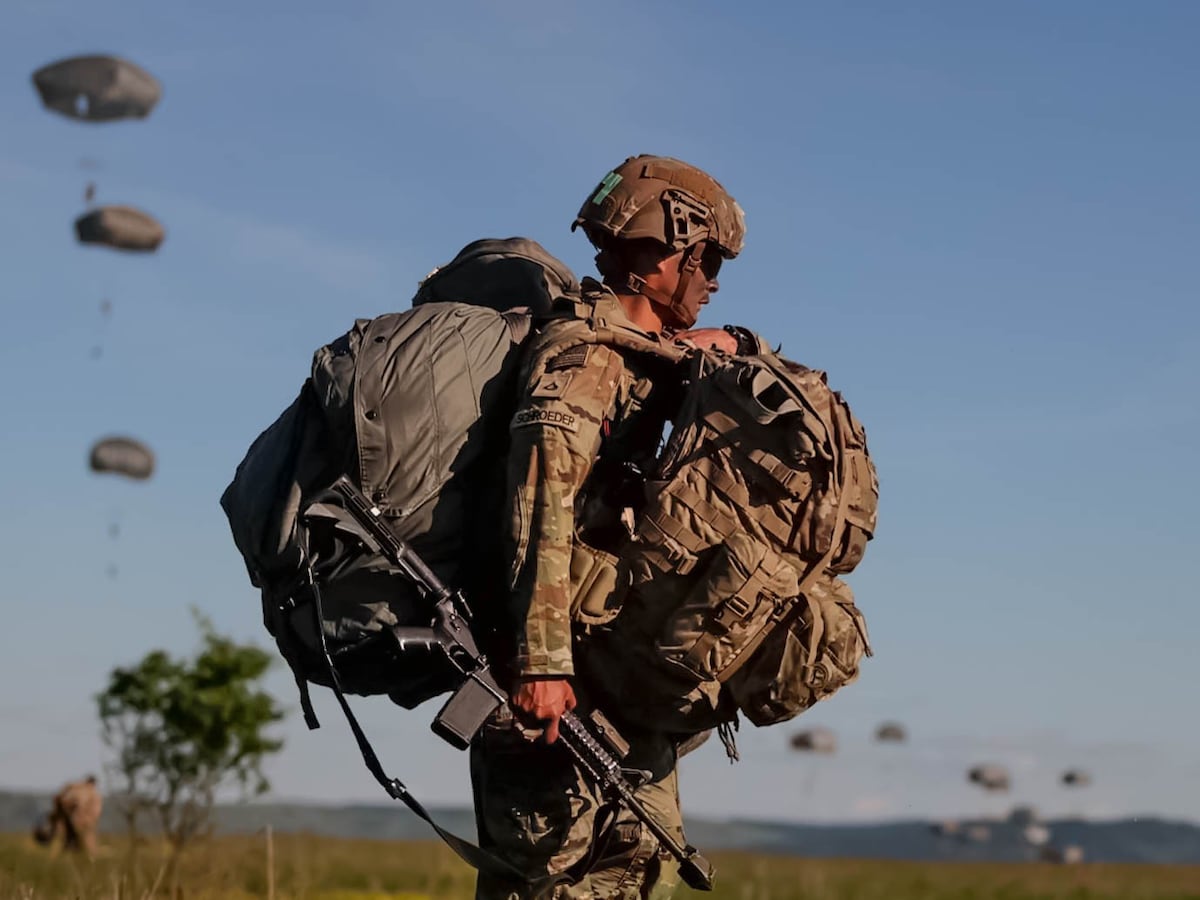Hanwha Aerospace Unveils K-NIFV: A Marked Advancement for the South Korean Army
At the recent ADEX 2025 exhibition in Seoul, Hanwha Aerospace showcased the K-NIFV (Korean New Infantry Fighting Vehicle), a heavily optimized iteration of the Redback IFV, which secured a contract with the Australian Army for their Land 400 Phase 3 program. This prototype, previously exhibited two years ago, now reveals enhanced specifications and capabilities.
Overview of the K-NIFV
The K-NIFV is designed to replace the aging K200/A1 vehicles currently in service with the Republic of Korea Army (ROKA). While it retains much of the foundational chassis seen in the Redback, adjustments include the incorporation of predominantly South Korean weapon systems and sensors, moving away from the Israeli systems previously utilized.
Key Features:
- Chassis and Dimensions:
- Retains the overall design of the Redback, designed to accommodate a crew of three and up to eight dismounts.
- Maintains a combat weight of approximately 43 tonnes, similar to its Australian counterpart.
- Enhanced Protection:
- Introduces a sophisticated mine protection system developed by Hanwha Aerospace in collaboration with South Korean partners, enhancing survivability over the Redback’s Plasan suite.
- Powertrain Upgrade:
- Equipped with the STX 1,000 hp SMV 1000 engine, which aims to deliver an improved power-to-weight ratio exceeding 23 hp/ton. This engine will also be utilized in future iterations of the K9 self-propelled howitzer.
- Plans for a hybrid powerpack variant are under consideration for the future Block 2 model.
Armament and Sensor Suite
The K-NIFV deviates from its predecessor’s two-man turret by introducing an unmanned turret designed and produced by Hanwha Aerospace. This strategic decision enhances internal space while reducing overall weight.
Primary Armament:
- 40 mm Cannon: The main weapon system is the SNT Dynamics 40 mm cannon, which utilizes cased telescoped ammunition produced by Poonsang. Notably, advancements for counter-UAS capabilities and programmable airburst munitions are anticipated in subsequent product iterations.
- Missile Systems:
- The new turret design includes twin missile launchers on either side, replacing Rafael’s Spike LR missile with Hanwha’s TApiers-L long-range anti-tank missile, boasting a maximum range of around 8 km.
- Remote Weapon Station:
- Centrally located in the turret, it features a 12.7 mm heavy machine gun, enhancing the vehicle’s versatility on the battlefield.
C-UAS and Active Protection Systems
The K-NIFV is designed with a focus on Counter-Unmanned Aerial Systems (C-UAS). The radar suite integrates with the active protection system (APS), capable of providing firing data to the vehicle’s armaments.
Active Protection Development:
- Two-Layered Defense:
- It employs an advanced APS modeled similarly to Elbit’s Iron Fist, featuring dual launchers equipped with AESA radars for comprehensive 360° coverage.
- Interception Technology:
- The interception munition comprises a steel cylinder with an explosive charge, designed to minimize collateral damage to the vehicle.
- DIRCM Integration:
- An adaptation of the Direct Infrared Counter Measure (DIRCM) system is under development for land applications aimed at neutralizing incoming infrared-guided threats.
Program and Future Prospects
The K-NIFV was initiated in October 2024 with a contract value of 34.5 billion won (over 200 million Euro). The program aims at developing a derivative of the Redback, with many systems being either adapted or derived from existing South Korean defense programs.
Timeline for Development:
- Projected Completion: The 42-month development effort is expected to be finalized by March 2028, with aspirations for the K-NIFV to be included under a fast-track acquisition program by the Korean Defence Acquisition Programme Administration to enter service by 2030.
In summary, the K-NIFV represents a significant stride in South Korea’s defense capabilities, aligning with the Republic of Korea Army’s strategic objectives and adapting modern technological advancements to ensure a robust defense posture.





